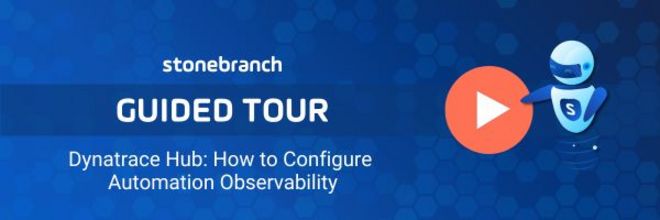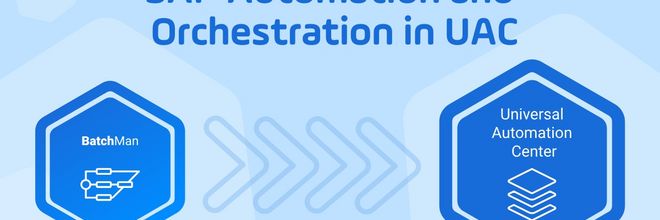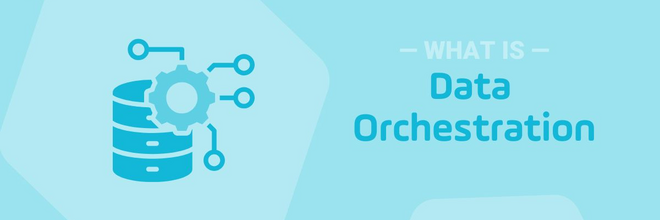Workload Automation for Hybrid Cloud Management
With Hybrid Cloud environments becoming increasingly popular, IT Ops professionals are leveraging Workload Automation solutions to support their Hybrid IT strategies.
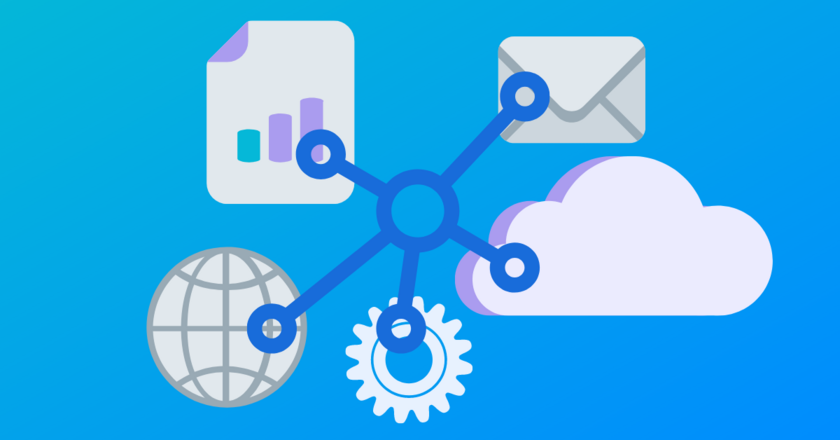
IT Ops professionals have long used Workload Automation (WLA) solutions to automate tasks in their on-prem environments. However, for organizations prioritizing digital transformation, hybrid IT strategies have become far more popular in recent years. This transition creates a requirement to automate workloads across both on-prem and cloud environments to support hybrid cloud deployments. Fortunately, modern WLA solutions support this need. As they begin to utilize the new generation of WLA software, leading enterprises have learned that WLA can be used to accomplish much more than traditional task automation. Read on to learn more.
IT Automation History Repeats Itself
In the on-prem world, automated tasks and jobs were initially managed by job scheduling solutions. These solutions were typically designed to support individual platforms or applications. Workload automation solutions entered the market to help manage these types of jobs and tasks, as well as other business processes, across multiple on-prem and distributed platforms and applications. In much the same way that job scheduling began, cloud service providers like AWS, Microsoft Azure, and Google Cloud have their own native in-built schedulers. But cloud service vendors have the same historical problem as job schedulers did: They are only designed to work on their own platform. In other words, they don’t work with each other. This creates pain for IT Ops professionals, especially in multi-cloud environments, where enterprises are leveraging more than one cloud service provider and need them to work holistically.
Why Workload Automation is Critical to Hybrid Cloud
First, let’s establish a few definitions. A hybrid IT model is the overall strategy an enterprise would employ when deciding to maintain both on-prem and cloud-based infrastructure and services. A hybrid cloud is a type of technical solution in which you host both on-prem and external applications that are connected to each other. This type of solution, therefore, supports a hybrid IT environment. These two definitions are often confused and typically lumped together as simply hybrid cloud.
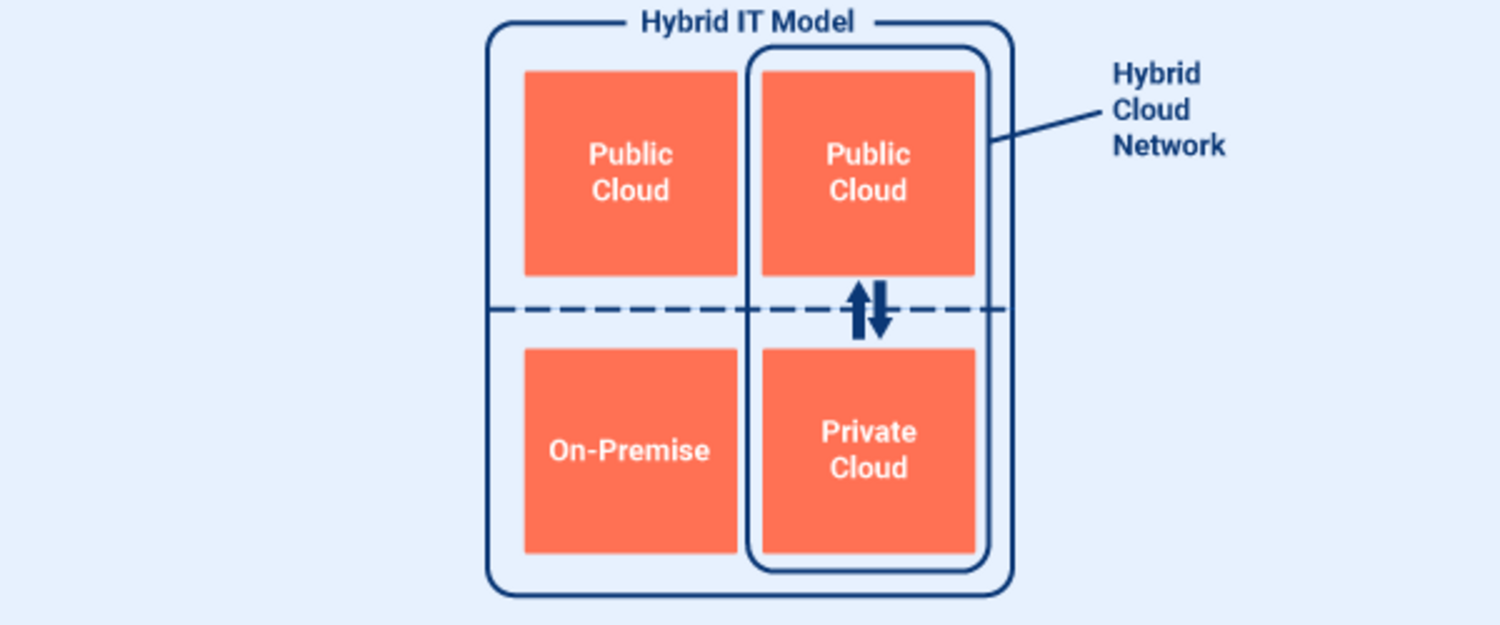
The Glue Holding Your Hybrid IT Strategy in Place: The shift towards leveraging cloud infrastructure and services has many advantages, but simplifying your infrastructure is not one of them. As discussed above, the disparate scheduling tools IT Ops is expected to use can create challenges when attempting to develop a sustainable IT automation strategy. The good news is that multiple schedulers for disparate environments are not actually necessary. The proper WLA solution will run workflows across environments, platforms, applications. Businesses can, therefore, use a single solution to centralize the management of automation across their entire hybrid IT environment, regardless of where their hardware sits. This centralized approach allows businesses to run workloads that support an enterprise-wide hybrid IT strategy, rather than fight against it.
Supporting the Actual Cloud Migrations: Most enterprises have some sort of cloud footprint today. That said, migration to the cloud is an ongoing, often multi-year initiative. The reality is that some organizations will be traveling down the path of digital evolution indefinitely, always evolving to incorporate new technological innovations and organizational demand. Every change made in support of this approach will be unique and come with its own set of obstacles. For example, as enterprises migrate to the cloud, they need to avoid expending manual efforts to re-calibrate workload definitions. This is important in ensuring that critical tasks are executed in the correct environments. This type of effort can be time-consuming and resource intensive.
Fortunately, if you have the right WLA solution in place, you don’t have to rebuild your system from scratch with each change to your IT environment. Dynamic WLA solutions allocate the resources needed to execute workloads at runtime. Dynamic means the automation is based on triggering events, meaning the right resource is called up only when it is needed, and actions are performed on it only when certain criteria are met. As you migrate applications to new environments, these resources register their ability to accept workloads and are automatically selected without changes to the workload definitions.
Hybrid Cloud File Transfers: One of the biggest challenges companies face in a hybrid cloud setup is moving data between their on-prem environment and cloud service providers. This is especially true when you store data on-prem that is regularly used by applications in the cloud (or vice-versa). WLA solutions solve this problem with built-in managed file transfer (MFT) capabilities. This end-to-end secure method of moving data can be accomplished by a variety of stand-alone solutions in the market. However, when natively built into WLA solutions, MFT solutions allow enterprises to leverage automation created by dynamic event-based triggers. This combination is designed to achieve real-time data transfers and updates. In addition, IT Ops professionals can monitor and manage the data supply chain of their entire business from one central location, regardless of the disparity of their environments. It’s worth noting that workload automation for hybrid cloud file transfer has been game-changing for a number of Stonebranch clients.
Infrastructure Management Automation: Need to spin up a new virtual machine in the cloud? WLA has you covered. While it is true that some traditional cloud management solutions also offer this capability, it’s not on a real-time basis, which is a core feature within modern Workload Automation solutions. Here is an example: Your DevOps team enters an IT ticket into a service management solution, like ServiceNow. The ticket seamlessly spins up a container that is sent to the cloud. This starts up your virtual machine in the cloud, based on the most cost-effective cloud service provider for the application. This instance erases itself when it’s done, reducing virtual sprawl. All of this is completed automatically without a single touch from your IT Ops or DevOps team. Today’s WLA solutions offer both this capability, as well as monitoring from a single point of control. The true beauty of such a holistic solution is that the DevOps user never actually needs to go into a WLA solution. They can accomplish their goal by triggering the entire process described by using the same service management solution they have always used.
There are additional cloud automation use cases that we will cover in a future blog. These include deeper dives into microservices automation, container management automation, dynamic licensing, and additional automation capabilities specific to DevOps teams.
Final Thoughts on Workload Automation for Hybrid Cloud
WLA is a critical part of IT Ops professionals’ day-to-day life in the on-prem world, as it both reduces their manual work and significantly increases their IT operations capabilities. Using this same tried and true solution to support a hybrid IT strategy not only works but is one of the only ways to manage the increased complexity accompanying this continuous evolution.
Start Your Automation Initiative Now
Schedule a Live Demo with a Stonebranch Solution Expert



